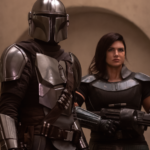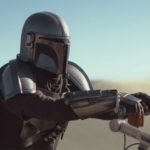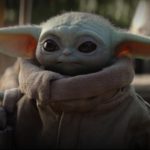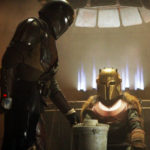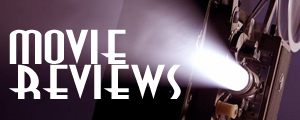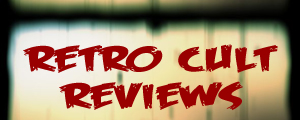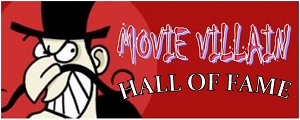The sixth chapter of The Mandalorian further defines the show and the ethos of its creator, while simultaneously leaving us with larger questions. More specifically, I couldn't help but wonder "Where is this all going?"
If there's a larger arc or narrative at play for the first season of The Mandalorian, showrunner Jon Favreau has yet to even partially hint at it. Given that there are now only three episodes left, this might pose something of a problem. Or it may not! Since the beginning The Mandalorian has exuded strong vibes of a show more in tune with syndicated fare from the 80s and 90s like Knight Rider, Xena: Warrior Princess or Renegade. Granted, The Mandalorian is several echelons above the likes of Knight Rider and Renegade (Xena is still pretty dang fun, though I'd love to see what that show could have done with even a quarter of the budget Mando's got), but thus far its plotting, pace and focus are all wholly of a piece with television shows from before the Great Longform Renaissance that has been in place since The Sopranos marked a massive industry shift in the way storytelling was approached in the medium. We've sort of become trained to expect shows with massive budgets to also chase a larger, overarching narrative because, well, that's what Prestige Television is supposed to do. Right?
But six chapters in and I'm beginning to get the sense that's not what Favreau is after. This isn't to say there won't be further character development or larger things coming into view as the series rolls on, but barring any late twists that snap seemingly disparate pieces into view The Mandalorian feels firmly concentrated on simply delivering largely contained adventures of a mercenary and the cutest kid in the galaxy. When television has so often become "appointment viewing" requiring you to keep up every week or binge as fast as possible in order to be part of the conversation, this would be a welcome change of pace.
In the meantime, until Favreau's full hand is shown, "Chapter 6" delivers a solid improvement over the tedium that was "Chapter 5." Mando is hired by an old friend (Mark Boone Junior) to ferry a team of other mercs to break a prisoner out of a New Republic prisoner transport. Mando's ship, the Razorcrest, has been off the grid long enough that it's one of the few that can get near without raising any red flags. It's a simple smash and grab job that, naturally, goes off the rails pretty quickly.
As with most episodes thus far, what makes this one such a delight to watch isn't the plot but the detail. It's obvious by now that Favreau has taken no small delight in using The Mandalorian as a platform to showcase all of smaller details and finer points he's come to love and obsess over as a lifelong fan of Star Wars. Ever wondered what it'd be like to see that Devil Guy from the Mos Eisley cantina in action? Well get ready because Clancy Brown plays an ornery Devaronian here and it's everything you want and expect out of a Clancy Brown performance of this sort. But wait, did you ever wonder about one of those droids you only see for like 3 seconds in the corner of one shot from when the Jawas were selling droids to Uncle Owen in the original film? Well it turns out they're the predecessors to R2 units but the New Republic still uses modified versions of them as security droids on their (mostly) autonomous prison transport cruisers. (They're also no match for Clancy Brown's Burg.) Not obscure enough for you? How about the fact that the Blurrgs Mando learns to ride in the second episode made their appearance in the made-for-TV movie The Battle for Endor. Nevermind the fact that Mando uses the same "tuning fork" stun rifle that Boba Fett is carrying in the animated sequence from the Star Wars Holiday Special. There's such a palpable love of all sorts of ephemera from the wide history of the franchise, but Favreau still manages to use it as a texture and not simply a reference for the sake of it.
Of course, the meat of the episode is worthwhile all its own. There's still little in the way of narrative, but director Rick Famuyiwa (everyone go watch Dope) instills it with a level of playfulness via the character interplay that is a refreshing change from the last couple of episodes. I never thought I'd say it, but I hope Bill Burr gets a chance to come back. Mayfield (Burr), Xi'an (Natalia Tena) and Burg (Brown) would make for a fun band of recurring adversaries for Mando to encounter on a recurring basis. One of the smartest choices Favreau has made with this show is picking a (Jake Canavale notwithstanding) fantastic crop of character actors to fill many of the supporting roles and Famuyiwa makes the most of them here. It also should be pointed out that this is the episode that most feels like it could have fit within a random season of Rebels, something I thought I'd have said about Dave Filoni's episode, but sadly that wasn't the case. That similarity, though, is almost certainly due to episode writer Christopher Yost, who handled scribe duties on a handful of Rebels eps.
Overall it's a solid outing. It's hard to know what to make of it in some ways given the vague destination of the season, but if we're mostly in store for week-to-week adventures, The Prisoner is as sound an indication as any that there's plenty of mileage in that sort of approach.
Some random episode thoughts …
— I would have sworn that the Republic guard on the freighter was, in fact, John Mulaney. I was wrong.
— Loved the cameo by episode directors Filoni, Famuyiwa and Deborah Chow as the trio of X-Wing pilots at the end.
— How cute was it when Baby Yoda looked at his hand in confusion after thinking he used the Force at the end there?
— First Taika Waititi as IG-11 and now Richard Ayoade as Zero. Basically Favreau has a knack for casting perfect voice actors as bounty hunter droids.


